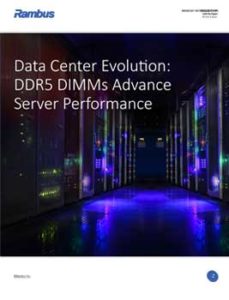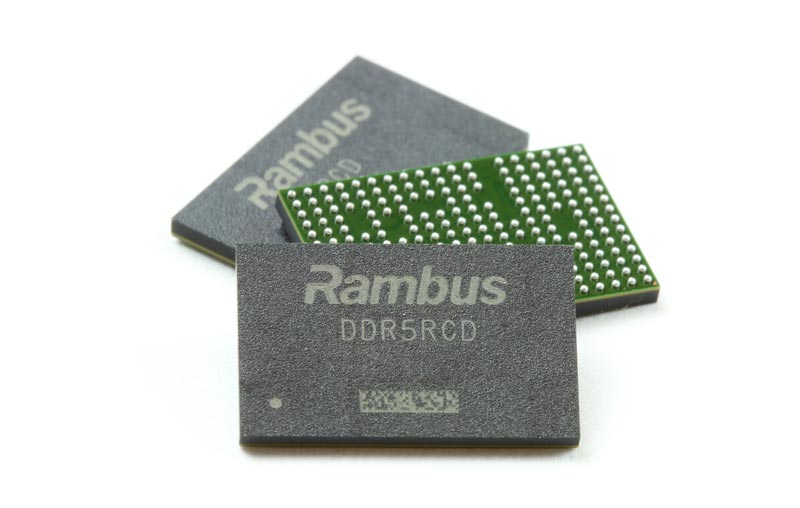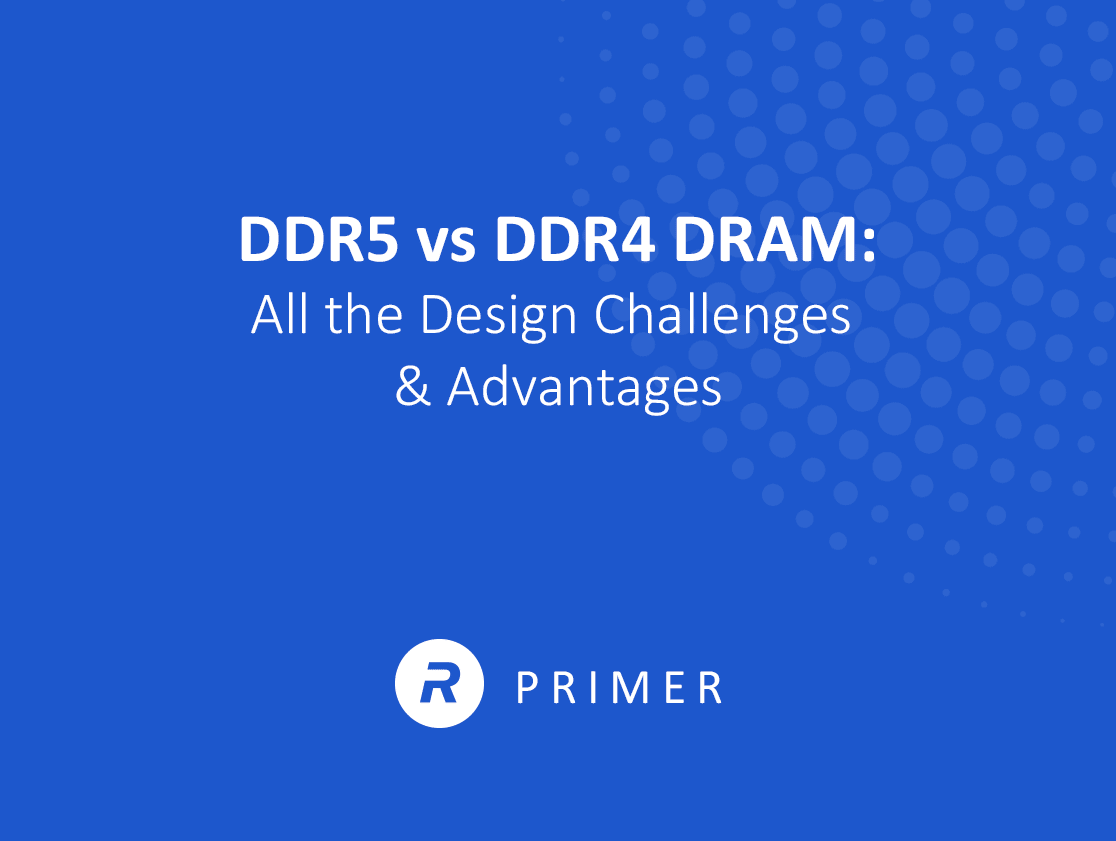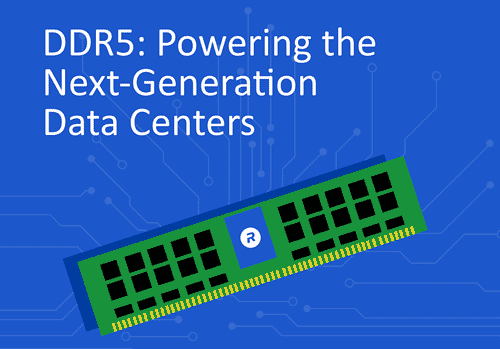DDR5 Registering Clock Driver (DDR5 RCD)
Home > Memory Interface Chips > DDR5 DIMM Chipset > DDR5 Registering Clock Driver (DDR5 RCD)
The Rambus Registering Clock Driver (DDR5 RCD) chips enable DDR5 Registered DIMMs (RDIMMs) operating up to 7200 MT/s.
How the DDR5 Registering Clock Driver Works
The Rambus DDR5 RCD provides Command/Address (CA) and clocks to the DDR5 memory devices in RDIMMs. In DDR5 DIMM architectures, the module is organized into two independent 40-bit subchannels (32 bits data, 8 bits ECC). Each subchannel is organized as either 10 devices in a x4 configuration with 2 ranks or 5 devices in a x8 configuration with 2 ranks. The RCD distributes C/A signals and clocks for each subchannel, rank and nibble. Sideband channel communication with the CPU or motherboard Baseboard Management Controller (BMC) is enabled through a 12.5 MHz (max.) I3C bus interface.
Features of the DDR5 RCD
- Supports data rates up to 7200 MT/s
- Supports clock rates up to 3600 MHz
- Supports double data rate (DDR) and single data rate (SDR) CA bus
- Supports two independent subchannels per RDIMM
- Supports two physical ranks per subchannel, four physical ranks total
- Supports up to 16 logical ranks (per physical rank) for high capacity RDIMMs
- Provides up to 4 clocks per subchannel: 1 clock per five devices
- Low Power 1.1V VDD
- 5 MHz (max.) I3C bus interface

Data Center Evolution: DDR5 DIMMs Advance Server Performance

Driven by a confluence of megatrends, global data traffic is increasing at an exponential rate. For example, 5G networks are enabling billions of AI-powered IoT devices untethered from wired networks. Nowhere is the impact of all this growth being felt more intensely than in data centers. Indeed, hyperscale data centers have become the critical hubs of the global data network. DDR5 DRAM will enable the next generation of server systems providing the massive computing power of hyperscale and enterprise data centers. Learn about the benefits of DDR5 memory and the design considerations for implementing DDR5 DIMMs.



